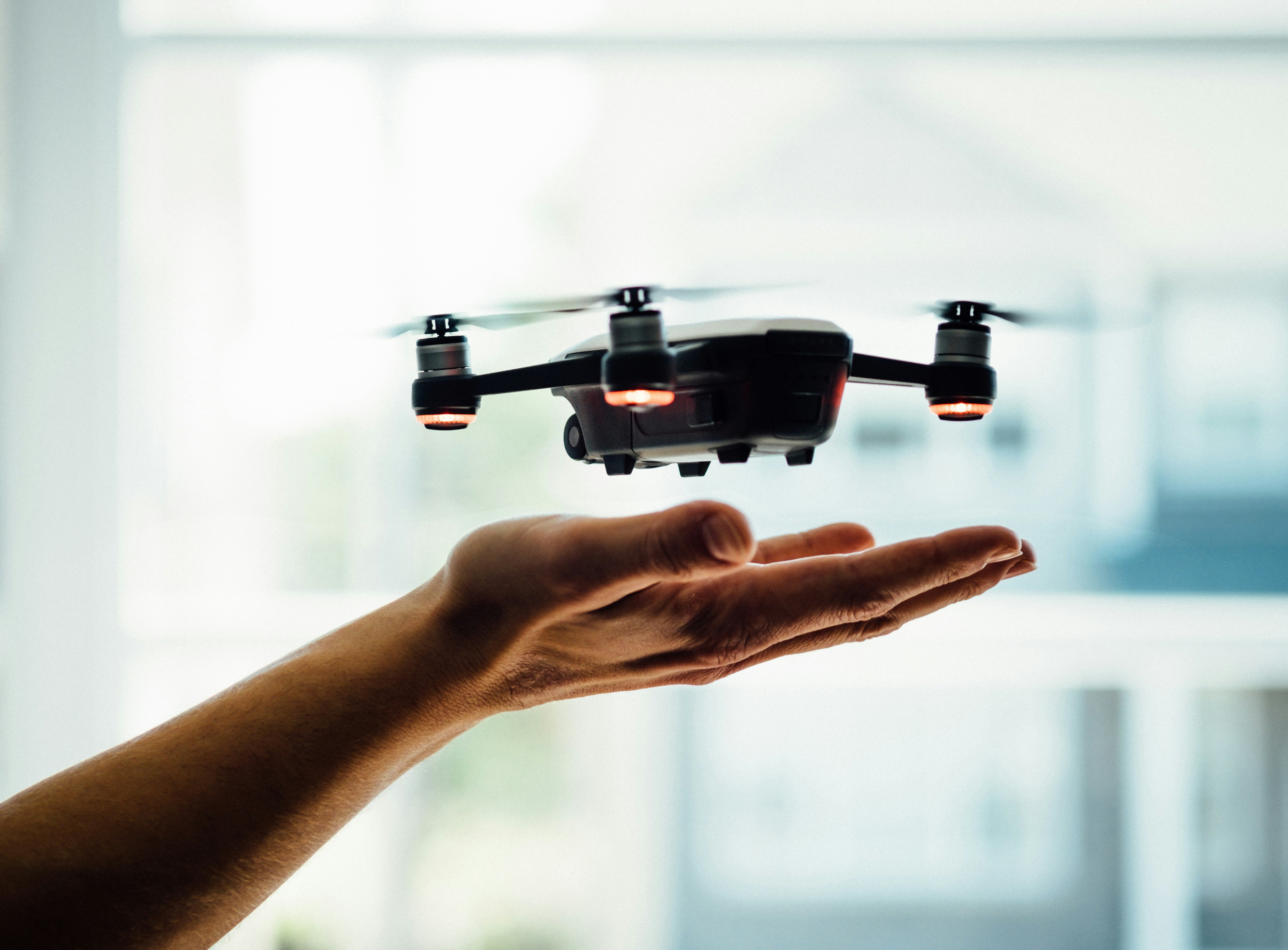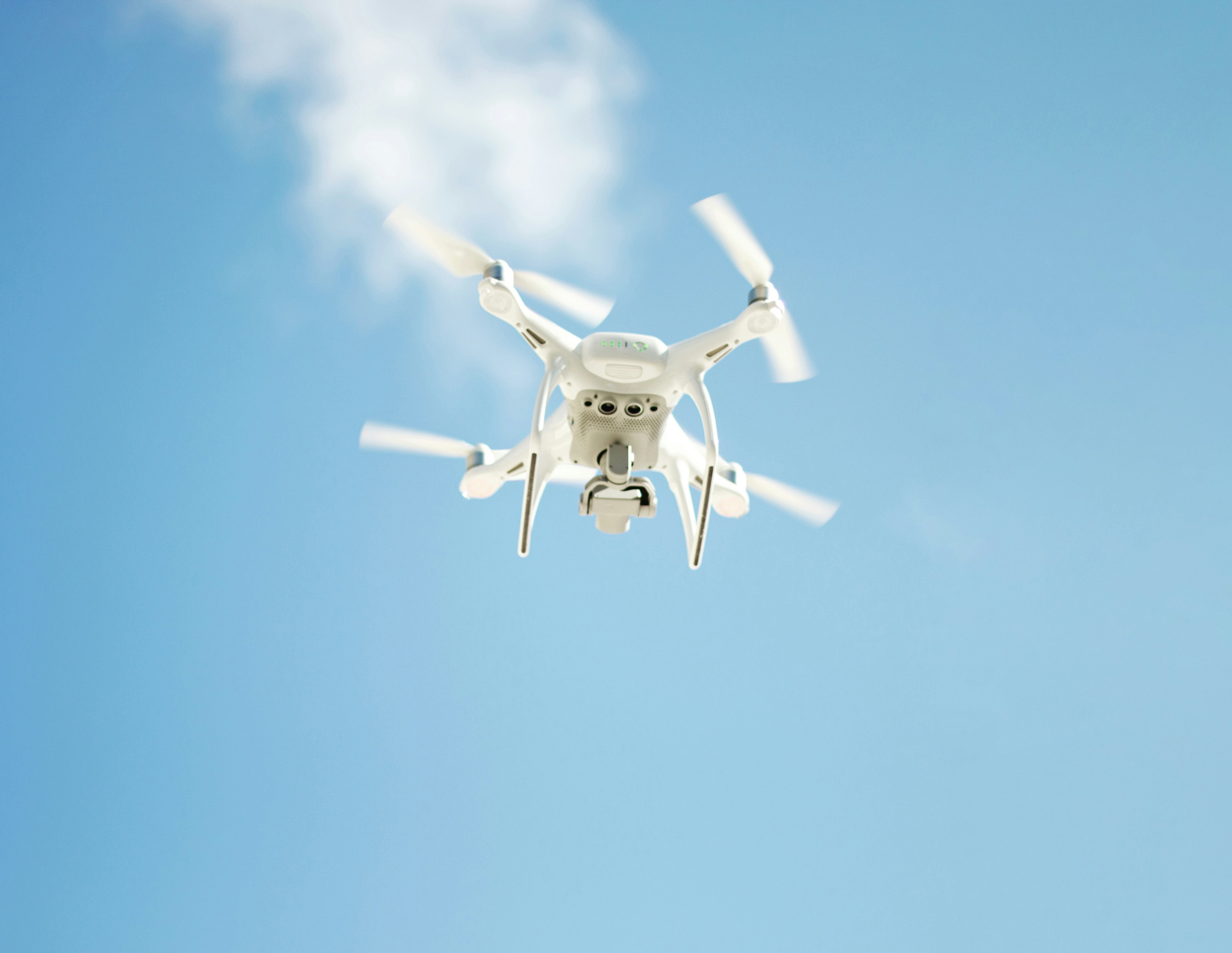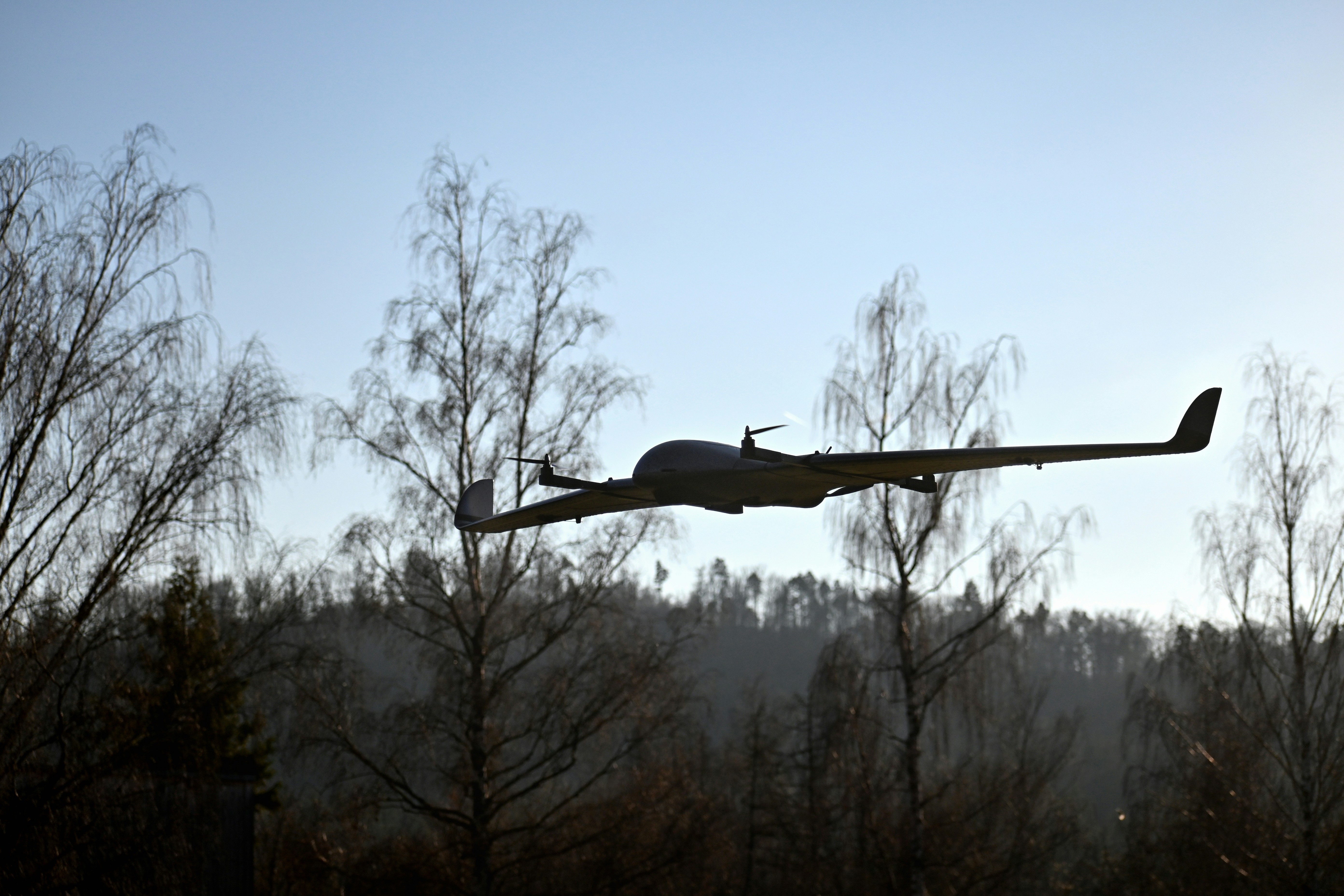
The Future of UAV (Drone) Jobs: Careers That Don’t Exist Yet
Unmanned Aerial Vehicles (UAVs), more commonly known as drones, have transformed from military technology into a versatile civilian tool reshaping countless industries. What began as reconnaissance aircraft is now a commercial ecosystem spanning logistics, healthcare, energy, agriculture, construction, media, and defence. In the UK alone, drones are already inspecting power lines, supporting police operations, mapping farmland, and delivering critical medical supplies to remote areas.
The numbers are compelling. The UK drone market, valued at US $1.85 billion in 2024, is forecast to grow to US $9 billion by 2035, representing a CAGR of 15.5%. Globally, UAVs could contribute £45 billion to the UK economy and create 650,000 associated jobs by the mid-2030s. According to the Civil Aviation Authority (CAA), over 500,000 drone operators and flyers were registered by early 2023, with thousands more joining annually.
But this is just the beginning. As UAVs converge with AI, robotics, advanced materials, satellite navigation, and air traffic management systems, we are approaching a new era. Tomorrow’s UAV ecosystem will rely on autonomous fleets, smart airspace, resilient supply chains, and sustainable operations. That means entirely new jobs are coming—roles that don’t exist today but will soon be indispensable.
This article explores:
Why UAVs will generate new jobs
Future careers likely to emerge in the next decade
How today’s jobs will evolve
Why the UK is uniquely positioned to lead
How to prepare for UAV careers that don’t yet exist
1. Why UAVs Will Create Jobs That Don’t Yet Exist
1.1 Explosive Market Growth
Drone adoption is accelerating across industries. Construction firms deploy UAVs for surveying sites; logistics providers experiment with delivery drones; farmers rely on aerial mapping for crop optimisation. With so many sectors adopting UAVs simultaneously, new career paths in integration, fleet management, and regulation are inevitable.
1.2 Rise of Autonomous Systems
The future of UAVs lies in autonomy. AI-enabled drones can already plan routes, avoid obstacles, and coordinate in swarms. As autonomy scales, jobs will shift from manual piloting to supervising AI behaviour, auditing decision-making, and ensuring safety.
1.3 Integration with UTM (Unmanned Traffic Management)
Large-scale drone adoption requires air traffic systems for UAVs. UTM platforms will coordinate thousands of drones operating simultaneously in shared airspace. Careers in system design, regulation, ethics, and compliance will be central.
1.4 UK’s Innovation and National Strategy
UK companies are global pioneers. Windracers builds long-range autonomous drones capable of flying 1,000 km, while Skyports has trialled drone delivery of medical supplies in Scotland. Government support and progressive regulation place the UK at the forefront of UAV innovation.
1.5 Expansion into New Sectors
Drones are moving into areas like insurance (damage assessment), emergency response (disaster relief, firefighting), conservation (wildlife tracking), and infrastructure inspection. Each application generates unique job roles requiring sector-specific knowledge.
1.6 Sustainability Pressures
The UAV industry must prove its green credentials. Drones are already reducing emissions by replacing traditional transport in certain supply chains. Careers will emerge in environmental auditing, noise reduction, and energy-efficient drone design.
2. Future UAV Careers That Don’t Exist Yet
Here are ten forward-looking careers that could become commonplace in the next 10–20 years:
2.1 Autonomous Fleet Coordinator
Oversees fleets of drones operating autonomously in logistics, agriculture, or defence. Responsible for ensuring safety, efficiency, and compliance, while intervening in emergencies.
2.2 UAS Traffic Management Architect
Designs and maintains digital air traffic systems that allow drones to share airspace with each other and with manned aircraft, preventing collisions and ensuring seamless integration.
2.3 Drone Ethical Systems Officer
Focuses on ethics in UAV deployment, especially in surveillance, data collection, and military contexts. Ensures drones respect privacy rights, safety standards, and environmental considerations.
2.4 Drone Hardware–Software Integrator
Bridges the gap between physical UAV design and AI-driven control systems. Integrators ensure drones’ sensors, processors, and navigation systems function together flawlessly.
2.5 Resilient Supply Chain UAV Strategist
Designs drone logistics networks for remote regions, emergency relief zones, and urban congestion environments. Specialists will ensure supplies can move even during crises.
2.6 Drone Cybersecurity Specialist
Protects UAVs from cyber threats such as GPS spoofing, jamming, or hacking. This role is critical as drones take on more sensitive roles in healthcare, policing, and defence.
2.7 Regulatory and UTM Compliance Specialist
Interprets evolving regulations and ensures that UAV operations meet national and international standards. Advises firms on compliance with CAA, EASA, and ICAO frameworks.
2.8 Smart AI Drone Trainer
Curates datasets and simulations to train drones’ onboard AI. Trainers will teach UAVs how to fly safely in crowded urban areas or harsh climates.
2.9 Drone Environmental Impact Auditor
Assesses UAV impacts on carbon emissions, noise levels, wildlife, and airspace congestion. Works with companies and regulators to implement sustainable practices.
2.10 Drone Workforce Development Strategist
Designs training programmes, apprenticeships, and CPD frameworks to upskill pilots, engineers, and data analysts for the expanding UAV sector.
3. How Today’s UAV Roles Will Evolve
3.1 UAV Pilot → Autonomous Operations Supervisor
Manual flying will decline as autonomy rises. Pilots will instead supervise fleets, monitor compliance, and step in only for complex exceptions.
3.2 Aerial Surveyor → Drone Data Analyst
Surveyors will evolve into analysts, interpreting vast amounts of data from drones using AI-driven analytics platforms.
3.3 Hardware Technician → Autonomous System Maintenance Engineer
Technicians will move from repairing drones manually to overseeing predictive maintenance using IoT sensors and AI diagnostics.
3.4 Regulatory Officer → UTM Policy Developer
Officers will become policy architects, designing frameworks for integrating drones into shared skies safely.
3.5 Operations Manager → Drone Network Strategist
Managers will orchestrate large-scale drone logistics networks, balancing efficiency, regulation, and environmental responsibility.
4. Why the UK Is Well-Positioned for Future UAV Jobs
4.1 Economic Potential
UAV adoption could add £45 billion to the UK economy by 2035 and create 650,000 jobs. Opportunities will span logistics, healthcare, infrastructure, agriculture, and creative industries.
4.2 Early Market Growth
The UK UAV market’s CAGR of 15.5% makes it one of Europe’s fastest-growing. Agriculture, inspection, and emergency response will be leading growth sectors.
4.3 Innovation Ecosystem
The UK is home to pioneering UAV companies:
Windracers: long-range drones for humanitarian and logistics.
Skyports: healthcare delivery and urban drone services.
ParcAberporth (Wales): a dedicated UAV testing range.
4.4 Talent Base and Training
With over 500,000 registered UAV operators, the UK has one of the world’s largest pools of trained drone talent. Universities and training academies are introducing UAV modules into engineering, computer science, and aviation programmes.
4.5 Progressive Regulation
The CAA has developed one of the most advanced UAV regulatory environments globally, enabling commercial operations such as beyond-visual-line-of-sight (BVLOS) and drone delivery trials.
4.6 International Collaboration
UK UAV firms work globally, with exports in defence, agriculture, and logistics, making British professionals highly competitive in international markets.
5. Preparing for UAV Jobs That Don’t Yet Exist
5.1 Build Strong Technical Foundations
Gain piloting certification, but also skills in AI, robotics, cybersecurity, and data analysis. Understanding both flight mechanics and software systems will be key.
5.2 Develop Interdisciplinary Knowledge
Future UAV roles sit at the intersection of aerospace, AI, ethics, and sustainability. Professionals should cultivate broad skillsets that span technical and regulatory fields.
5.3 Gain Real-World Experience
Participate in competitions, R&D projects, or internships. The UK’s UAV hubs in Cambridge, South Wales, and London are ideal for exposure.
5.4 Learn Emerging Tools
Develop fluency in simulation platforms, UTM software, AI training environments, and cybersecurity tools for UAVs.
5.5 Focus on Regulation and Ethics
Stay ahead of evolving regulation by engaging with the CAA, ARPAS-UK, and international UAV standards. Ethical literacy—particularly regarding privacy and environmental impacts—will be vital.
5.6 Join Professional Networks
Membership in ARPAS-UK or Digital Aviation Research organisations provides access to training, networking, and new opportunities.
5.7 Commit to Lifelong Learning
As UAVs rapidly evolve, professionals must pursue continuous learning through CPD, postgraduate study, or specialist certifications.
Mini-Conclusion Recap
The UAV industry is on the cusp of explosive growth. Future roles like autonomous fleet coordinators, drone ethics officers, and UAS traffic architects will be central to everyday life. With pioneering companies, government support, and a thriving talent pool, the UK is uniquely positioned to lead.
Conclusion
The future of UAV jobs will be shaped by autonomy, smart airspace, and sustainability. Entirely new careers are emerging—roles that combine aerospace, AI, ethics, and data science.
For professionals, the message is clear: embrace interdisciplinary learning, gain hands-on experience, and engage with the UK’s growing UAV ecosystem. The drone jobs that don’t exist today may soon become the most important roles of tomorrow’s digital economy.


